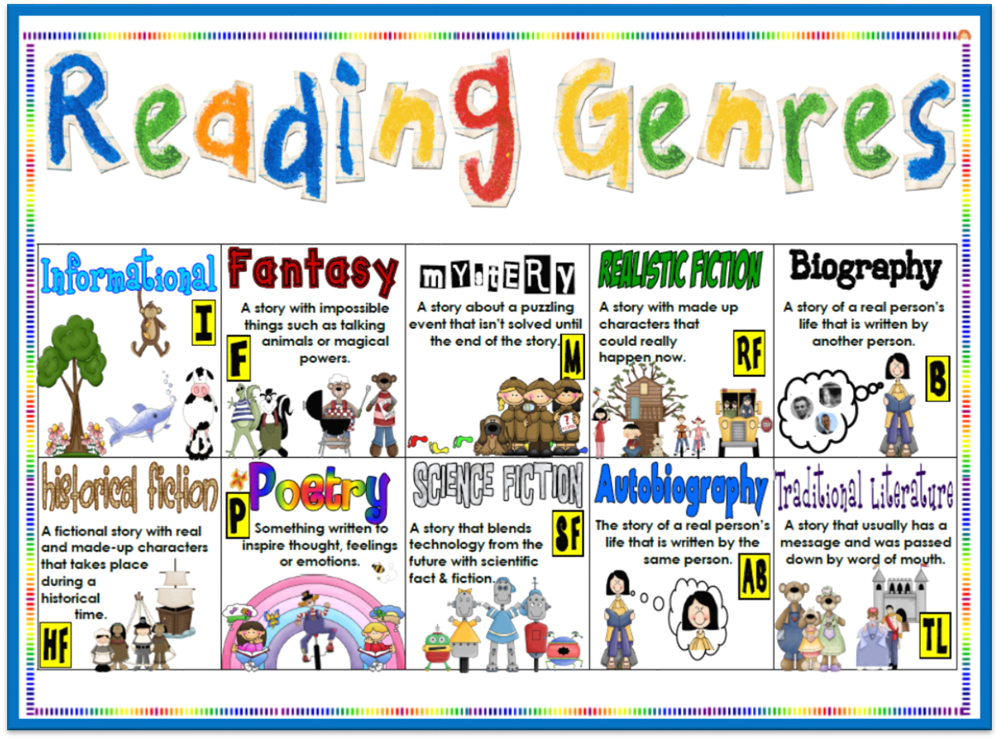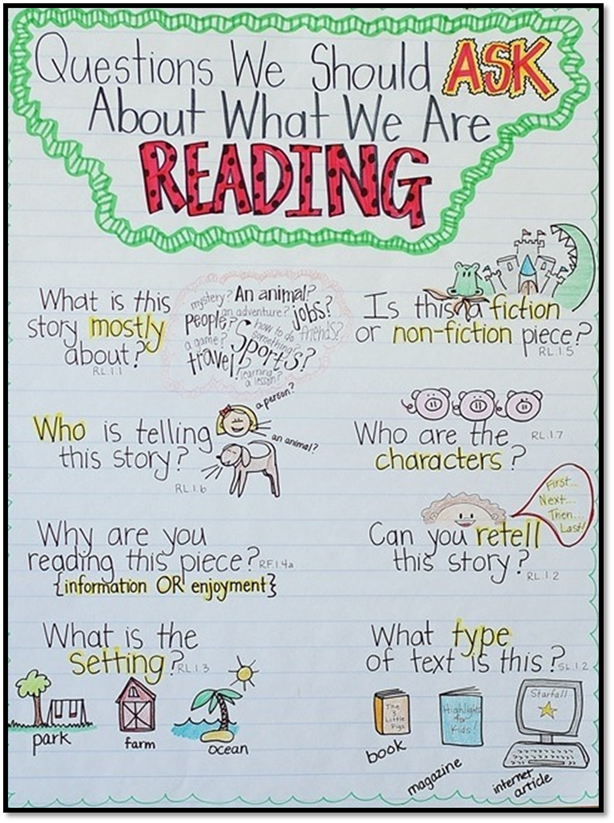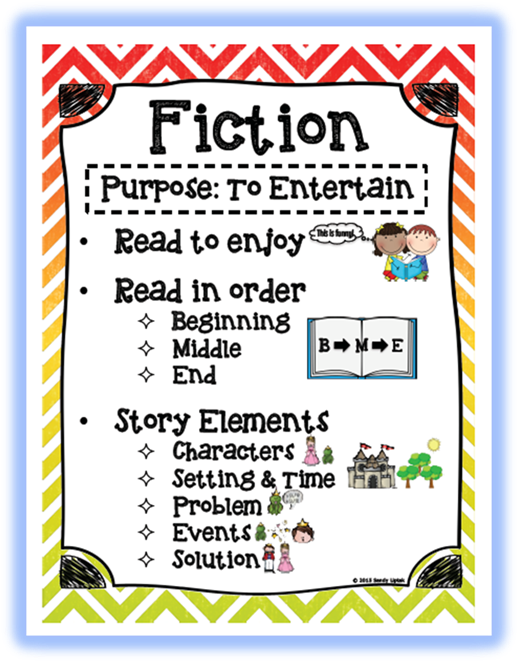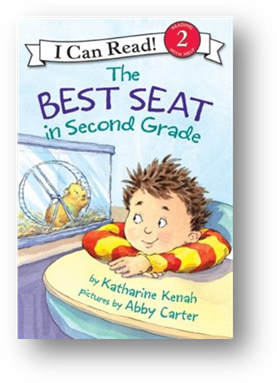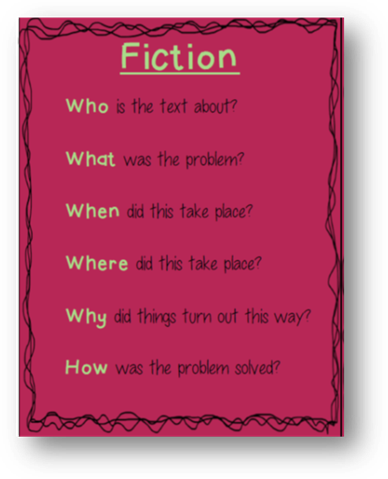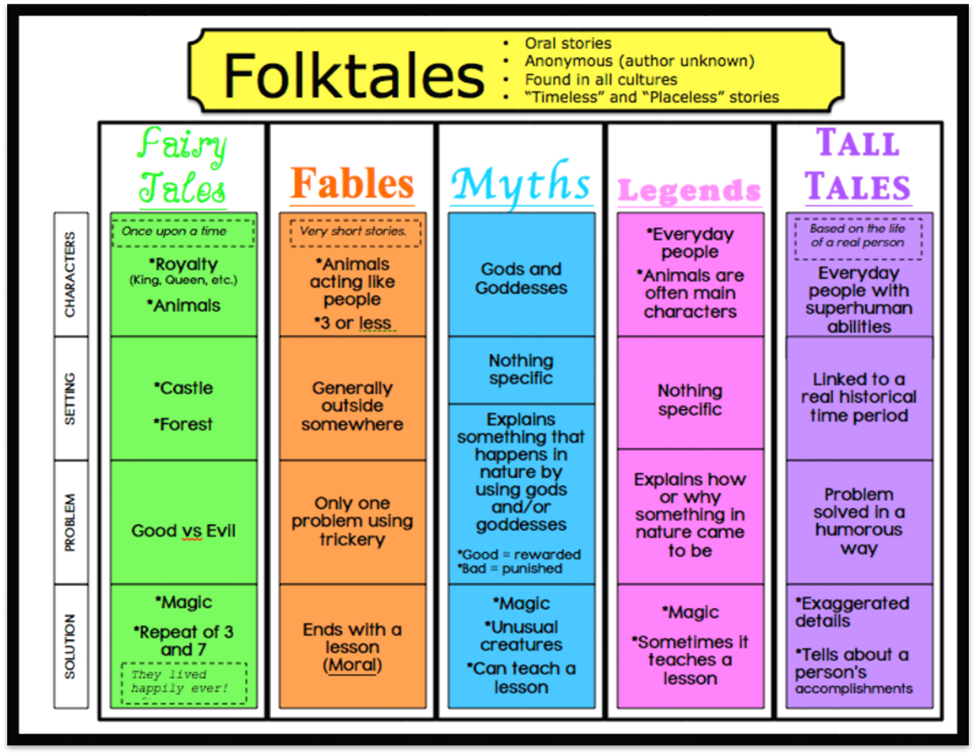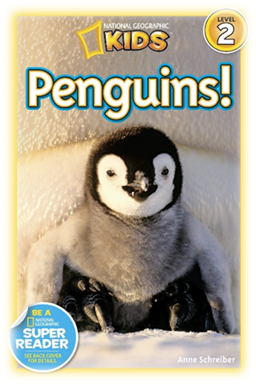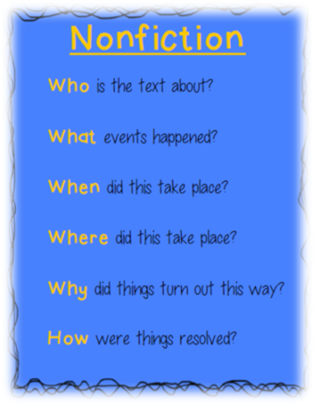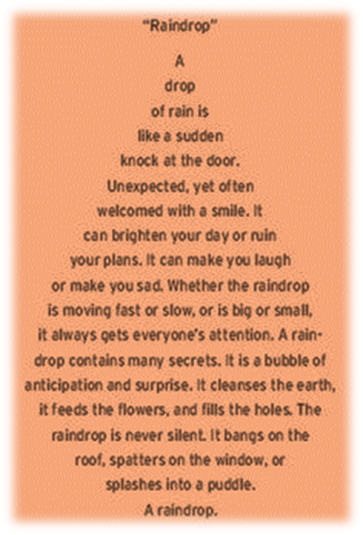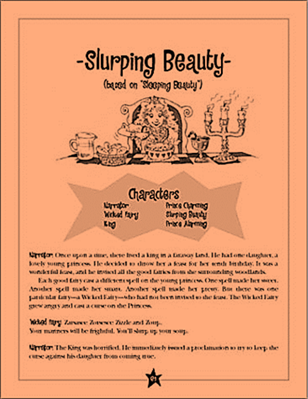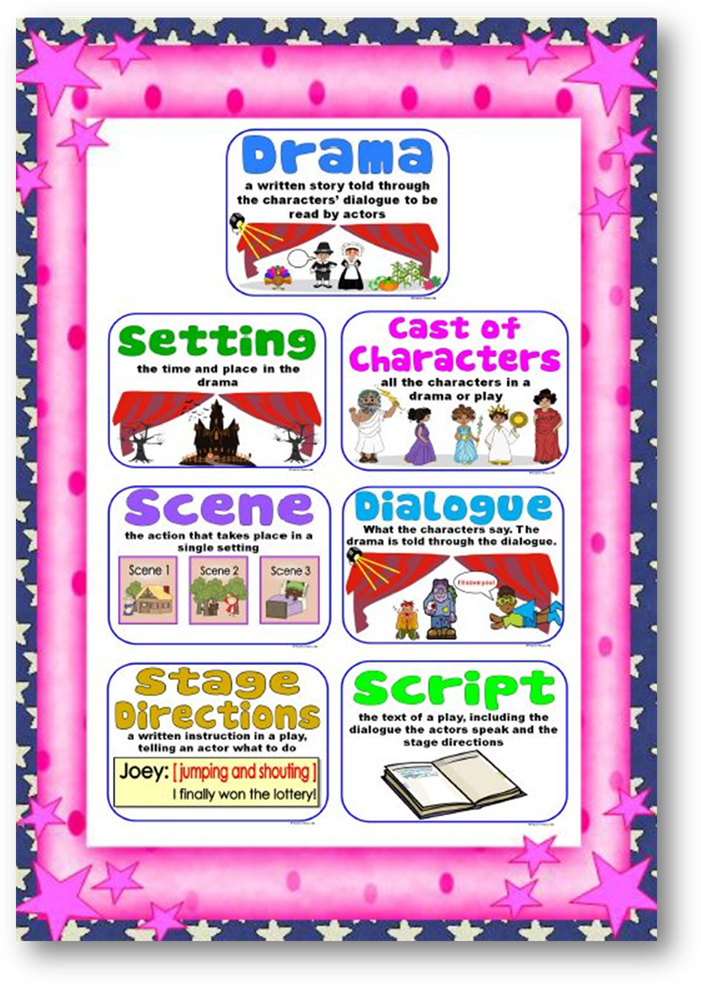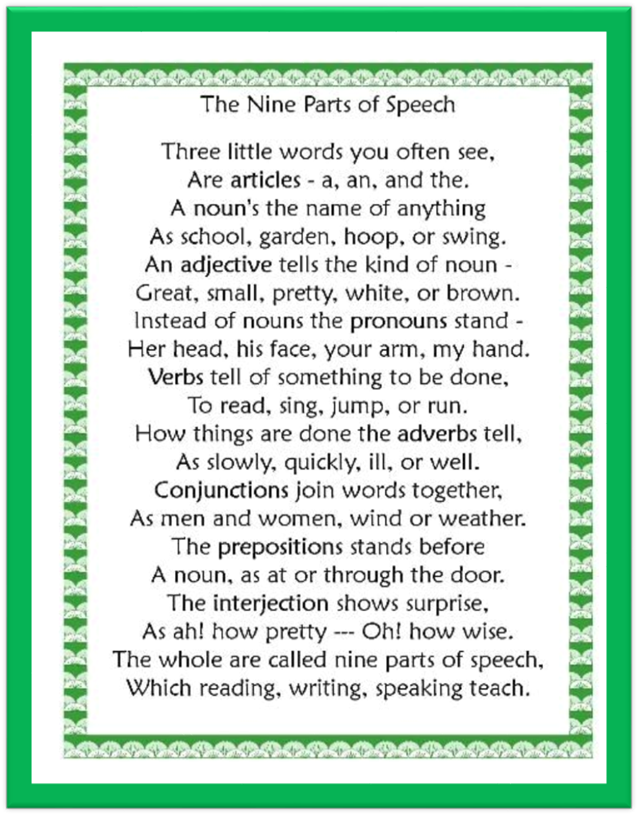A World of Genres
Unit Overview
|
Message to Adult
Mentor |
|
This lesson continues a format that is integrated and includes the reading
process (literary and informational), writing, spelling and fluency. You will
be asked to read aloud and model book handling, left-right reading,
expression and fluency. During Guided Oral
Reading, the student will read the story orally and work on reading strategies
and respond to literature. Spelling words will be introduced during this
lesson and a variety of spelling activities will be assigned. There will be
opportunities to make words with magnetic letters and learn word families.
Writing instruction will continue with a focus on writing sentences and
questions. Since daily writing is key to the reading-writing process, time
should be set aside daily for a journal entry. Topics for writing in the journal should be
self-selected and drawing a picture to accompany the writing is encouraged.
The writing journal will be turned in at the end of the course. |
Word Power
Sight Word
Scrabble
Fluency
|
Message to Adult Mentor: |
|
Let’s continue to increase sight word vocabulary. These
sentences include common words that appear often in text, which children need
to know instantly for their reading.
In the following sentences, the focus is on the words, which are high
frequency words (sight words). If you notice that the student is having
difficulty with these words, please practice them throughout the week.
|
Read the sentences silently, then aloud to your adult
mentor. It is important to be able to recognize
high frequency words and reading them should become automatic.
1. The yellow light is kind of far away.
2. How long can we keep it clean?
3. If you hurt me, I will not laugh.
4. She can carry that light, little bag.
5. Yes, I will buy ten of those today.
6. Six small cats will sleep by the well.
7. The first ten men to come will sit together.
8. Please show us how full the small bag is.
9. Start together and try to run fast and far.
10. We can get a better look at it today.
Sight
Word Building Fun
Sight Word -Word Search
 Now answer questions 1-10.
Now answer questions 1-10.
Spelling

|
Message to Adult
Mentor |
||||||||||
|
Please read the following to student: In this lesson,
you will learn to spell words with the final blend -lt. With your magnetic letters, make the
following words, saying each word as you make it.
Next, the student may choose one or more activities to practice their spelling words each day from the Spelling Menu below! |
Unit 33 Spelling Words
|
Unit 33
Spelling Words |
|
|
1.
bolt |
6. welt |
|
2.
jolt |
7. built |
|
3.
colt |
8. stilt |
|
4.
felt |
9. wilt |
|
5.
belt |
10.
melt |
Spelling Menu
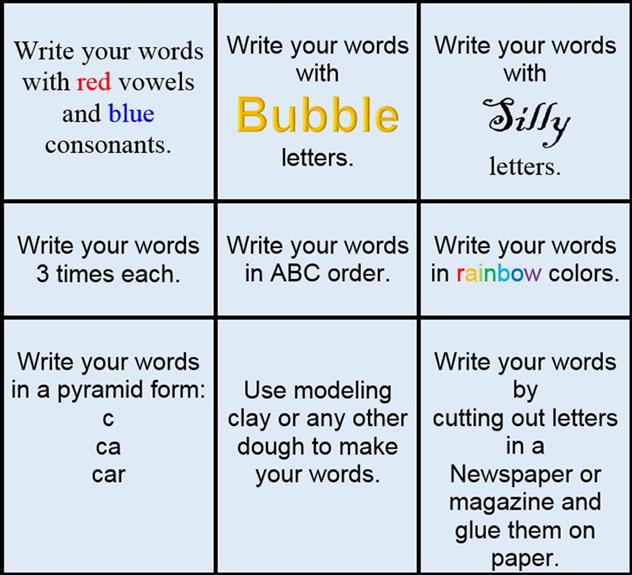
Click on SPELLING TRAINING to practice your spelling words. Add each of your spelling words to the list, then complete one the activites below the list.
Click on the link below to print a
fun activity to help you practice your spelling words!
![]()
Reading Genres 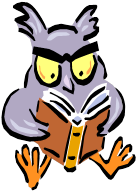
We read different genres differently because they are written for different purposes and organized differently.
Fiction
Fiction is a story with made-up characters and events. Characters are the people, animals, or things in the story. The setting is where a story happens. The plot is the events that happen. Every story has a beginning, a middle, and an end.
|
Purpose: To entertain
with a story |
||
|
|
When we read FICTION we
look for… ● main character ● setting ● problem/conflict ● solution/resolution ● theme/ lesson learned |
|
Folktales
Nonfiction
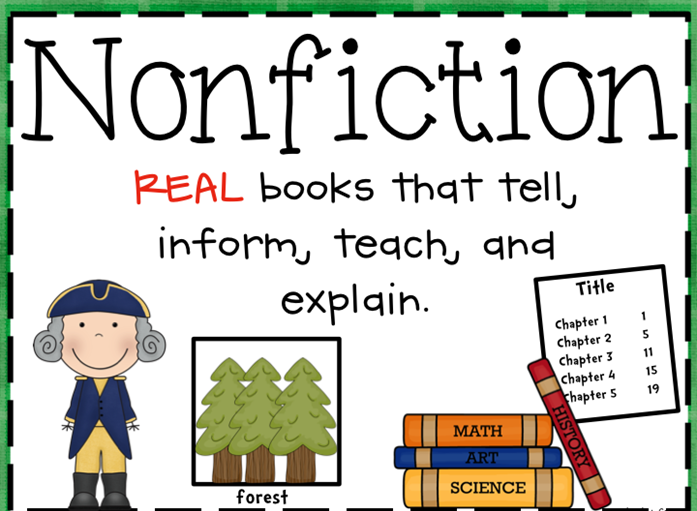
Nonfiction gives information and facts about a topic. Nonfiction tells about real people, places, or things. The information is not made up. The title and the first paragraph usually tell what the text is about. The middle part tells more about the topic. The last paragraph summarizes the topic or tells what the author thinks is important. Nonfiction selections often have pictures. Captions give more information about the pictures.
Purpose: to inform or to explain to the reader about a topic using information, facts, and details.
|
When we read NONFICTION we look for… |
||
|
|
● text features ü title ü table of contents ü headings ü bold print ● main ideas ● facts/ important information |
|
Poetry
ü Some
poems have rhyming words. Rhyming words have the same end sound.
ü For
example, way and day are rhyming words. Rhyming words may be used at the end of each
line, in every other line, or in a different pattern.
ü Some
poems have repeated words. Repeated words can be used in different places in a
poem. This is called repetition.
ü A
rhyming pattern and repetition give a poem rhythm. The rhythmic pattern may be
slow or fast.
ü Rhyming
words, repetition, and rhythmic patterns help make an image. An image is a picture
in your mind.
Purpose: to entertain with feelings, descriptions, or a story |
|
|
|
When we read POETRY we look
for… ● form ● speaker ● topic ● figurative language ● emotions ● rhyme / rhythm ● theme/ lesson learned |
Drama
Purpose: to entertain, to teach a lesson, or to
reenact history
|
|
|
|
When we read DRAMA we look
for… ● cast of characters ● setting ● script: acts / scene ● dialogue ● props ● stage directions ● theme/ lesson learned |
Purpose: to entertain, to teach a lesson, or to reenact history
Strategy Chant
Poetry has stanzas and lines.Sometimes it might even rhyme.Figurative language, rhythm, emotions, too.Theme and speaker, it’s what you do!Fiction and FolktalesHave paragraphs and dialogue- they’re stories.Find the elements: main character, setting,conflict, solution, lesson learned.Drama tells a story too.Stage directions say what the actors do.Cast of characters and props in hand,find the five elements to understand.Nonfiction: information and facts,Headings and photos are where it’s at.Find main ideas, and details.Decide on a topic, do your best.Questions! - Circle words!Mark your – evidence!CHOOSE THE ANSWER THAT IS … THE BEST! |
Reading for Meaning Bookmarks
Genres of Literature Flashcards
 Now answer questions 11-20.
Now answer questions 11-20.

Writing- Grammar
Mixed
Review
 Now
answer questions 21-30.
Now
answer questions 21-30.

Spelling
Test
|
Message to Adult
Mentor |
|||||||||||||||||||||||||||||||||
|
Please feel free
to use the sentences below or create your own! Read the following instruction to student: Now it is time to take
your spelling test. Number your writing paper to ten. Your adult mentor will read the screen and
say each spelling word as you write them. Then, read the sentence provided.
You will send your paper to the VLA Teacher to be checked. Please send it on Friday.
|
|||||||||||||||||||||||||||||||||
Now
it is time to take your spelling test! Number your writing paper to ten. Your adult mentor will read the screen and
say each spelling word as you write them. Then, read the sentence provided. You
will send your paper to the VLA Teacher to be checked. Please send it on Friday.
 Now answer question 31.
Now answer question 31.
Cursive Writing
This writing lesson will focus upon writing about swimming, watering
plants, giving light to the plants and red roses. Let’s get moving. Lots of fun awaits you!
We will start with the cursive letter “D.”
Look carefully at the following animated cursive “D.”
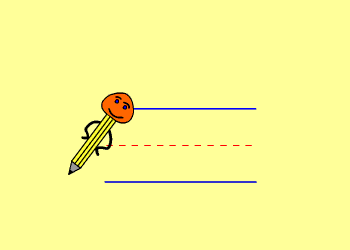
With your mentor’s help, read the chart below. It tells exactly how to form the cursive letter "D."
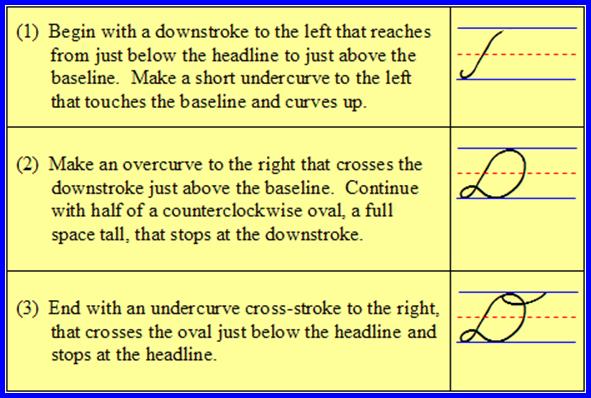
Next, look at the animated “D” again. As you look at it, trace the strokes in the air. Do this 5 times, or more, if you would like.

Next, practice writing the letter on paper. Click on this link PDF
File to retrieve and
print a worksheet for practice. You will
send this sheet to your VLA Teacher on Friday.
 Now answer
question 32.
Now answer
question 32.
Let’s move on to the cursive letter
“P.”
Look carefully at the following animated cursive “P.”
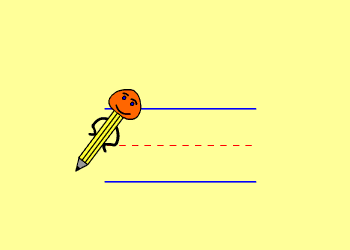
With your mentor’s help, read the chart below. It tells exactly how to form the cursive "P" is formed.
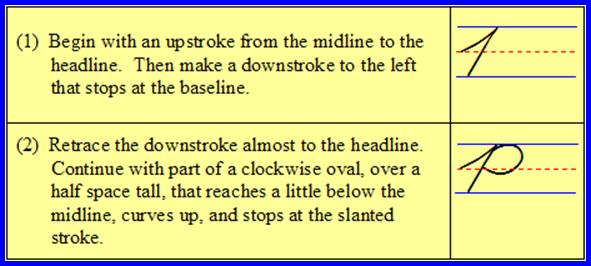
Next, look at the animated “P” again. As you look at it, trace the strokes in the air. Do this 5 times, or more, if you would like.

Next, practice writing the letter on paper. Click on this link PDF
File to retrieve and
print a worksheet for practice. You will
send this sheet to your VLA
Teacher on Friday.
 Now answer question
33.
Now answer question
33.
Let’s move on to the cursive letter “B.”
Look carefully at the following animated cursive “B.”
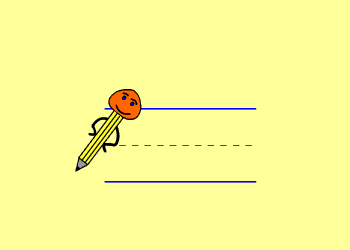
With your mentor’s help, read the chart below. It tells exactly how to form the cursive "B."
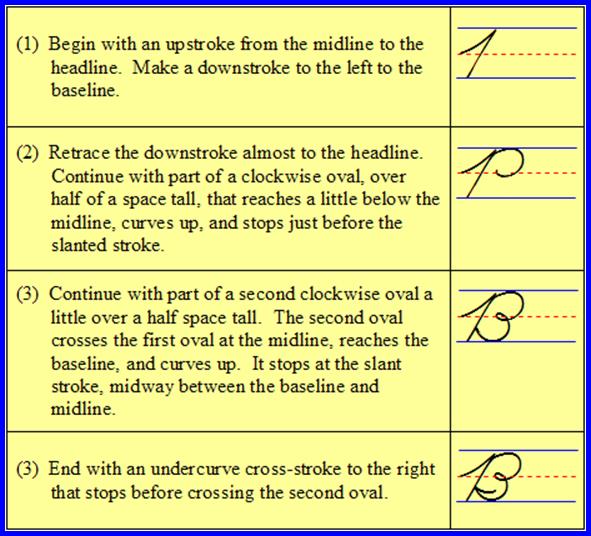
Next, look at the animated “B” again. As you look at it, trace the strokes in the air. Do this 5 times, or more, if you would like.

Next, practice writing the letter on paper. Click on this link PDF
File to retrieve and
print a worksheet for practice. You will
send this sheet to your VLA Teacher on Friday.
 Now answer
question 34.
Now answer
question 34.
Let’s move on to the cursive letter “R.”
Look carefully at the following animated cursive “R.”
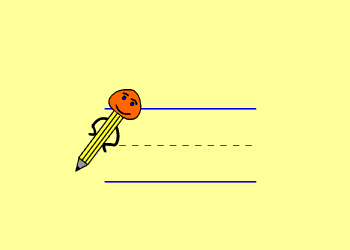
With your mentor’s help, read the chart below. It tells exactly how to form the cursive "R."
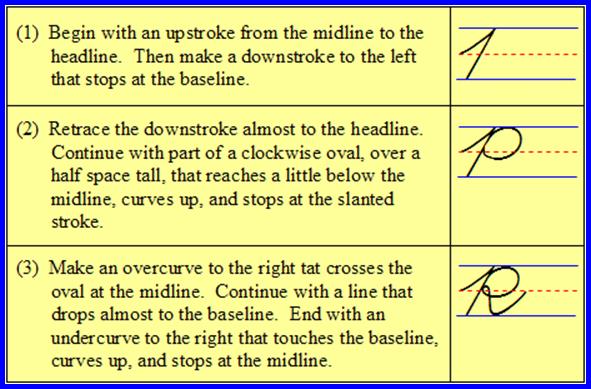
Next, look at the animated “R”
again. As you look at it, trace the strokes in the air. Do this 5 times, or more, if you would like.

Next, practice writing the letter on paper. Click on this link PDF
File to retrieve and
print a worksheet for practice. You will
send this sheet to your VLA Teacher on Friday.
 Now answer
question 35.
Now answer
question 35.
